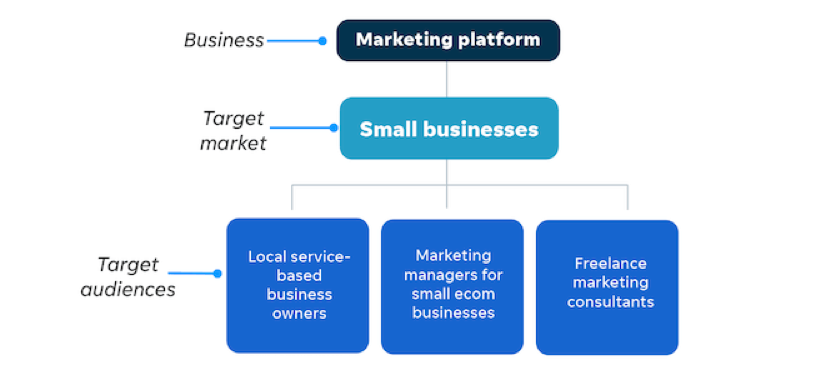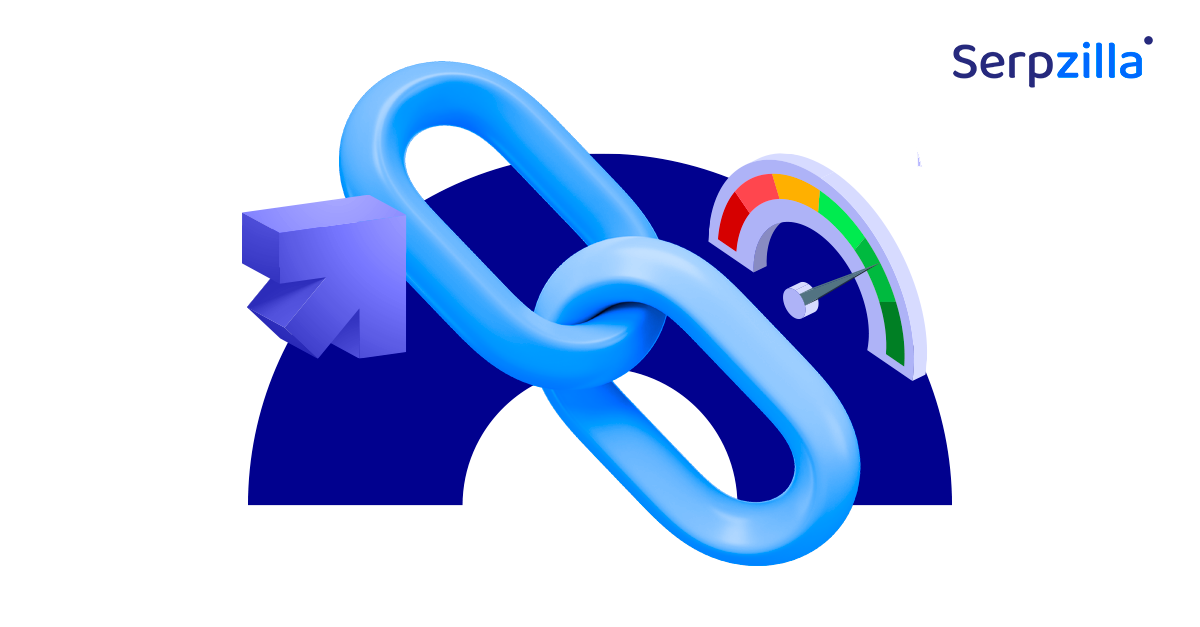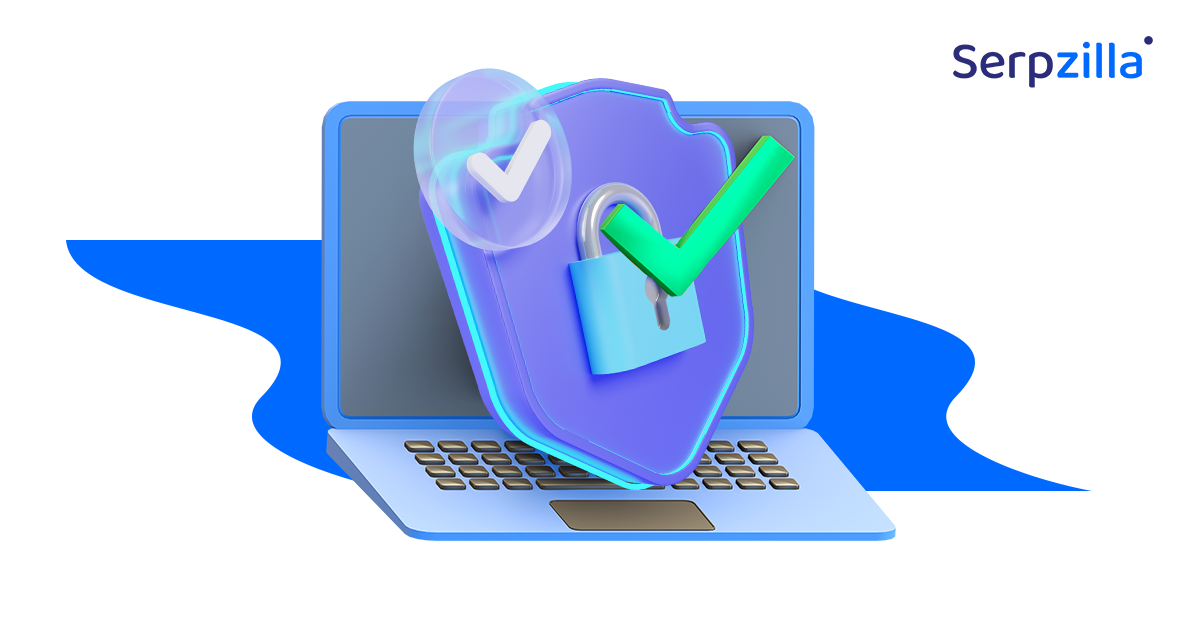SEOs are always discussing various new link building tools and techniques. But they frequently ignore the fact that links themselves signify “authority” and “trust” to Google.
So what are the fundamentals one should follow to consistently get quality backlinks? What kind of preparation or capabilities does your site need to already have before you embark on your link building campaign?
It all depends on the authority your brand and your site have amassed. And that’s what we will elaborate on in this article.
The Importance of Authority in SEO
In all probability, Google assigns and evaluates a domain-level metric signifying the “strength” and “trustworthiness” of your site before deciding whether to rank one of your URLs for a search query or not. This is probably what SEOs call the authority of your site for that topic.
Search engines look to your site to get answers only if they determine that it has enough authority. In SEO, authority stands for trust, credibility and influence. When your brand or your site gains authority, Google assigns more value to it and ranks your pages higher as a result of the stronger signals gathered by its algorithm.
However, without understanding the intricate relationship between value-driven content and links, you cannot increase your site authority to a level that search engines are looking for.
And that is why, it is essential to follow a widely accepted site authority benchmark – such as Moz Domain Authority (DA) or Ahrefs Domain Rating (DR) – even though they don’t directly matter to Google as a ranking signal. They serve as yardsticks to improve your competitiveness in the SERPs.
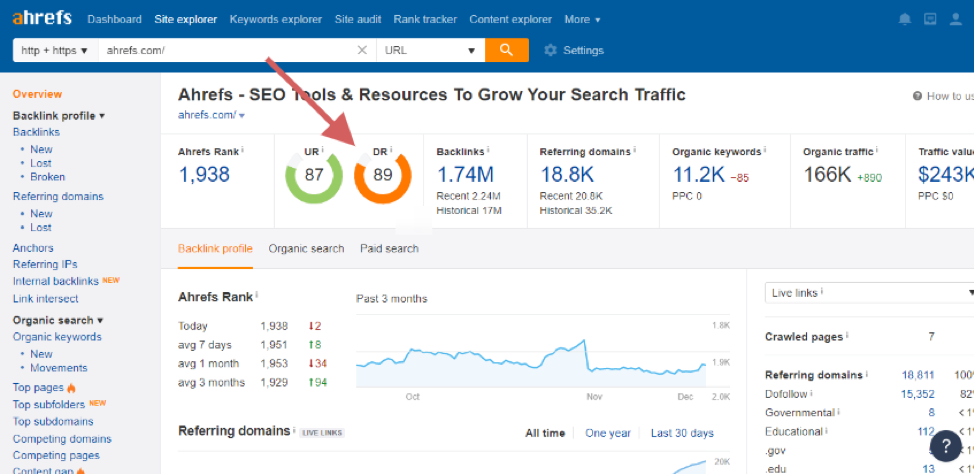
Now, the metrics used to measure site authority and the techniques to use them in link building are already discussed elsewhere on this blog, so I will not repeat them here.
However, the essence of topical authority is ultimately content – content that provides value to the user; content that conforms to Google’s EEAT standards.
Value-Driven Content Creation and Distribution
You can build site authority with links but content is the basis of building your brand authority. This happens only if you get your entire content marketing process right, i.e. both creation and distribution. Here are a few key steps you can take to establish topical and brand authority in your industry.
Define Your Target Audience:
Before you know whom to sell to, you need to narrow down your target audience. You need to know their pain points, goals, preferences, and how they search for information. For this, you can
- Conduct market research and know industry trends.
- Engage with different audiences on different digital channels and see which respond most to your messaging.
- Analyze competitors to see who is engaging with and buying from them.
- Look at various analytics tools and create segments from demographic information.
- Create buyer personas based on your insights.
- Create a comprehensive list of questions and answers to gain more insights into how your audience thinks.
Identify Entities Associated with Your Business:
Consider your brand as a dot on a paper and draw multiple intersecting circles around it. These circles represent the entities associated with your business. Entities can be both “things” and “humans” – websites, potential customers, existing clients, social media profiles, investors, competitors, brand advocates, vendors, journalists, employees, and so on.
Now think how you can leverage each of these entities to create a positive “association” with your brand and your website. The only pre-condition is that these associations should actually exist on the internet, i.e. Google should be able to crawl it and connect you with all these entities.
Map Your Content to Your Customer Journey:
Every piece of content that you create has to be tailored to the needs and wants of your audience – whether these needs and wants are known or unknown. The content should not only inform, but also educate, entertain, engage and help the reader or viewer take the next step in their purchase journey.
You need to guide your audience through the Awareness > Interest > Decision > Advocacy funnel – and for that you need relevant content that provides more context according to the stage they are in. It is your responsibility to provide them exactly the right information at the right time.
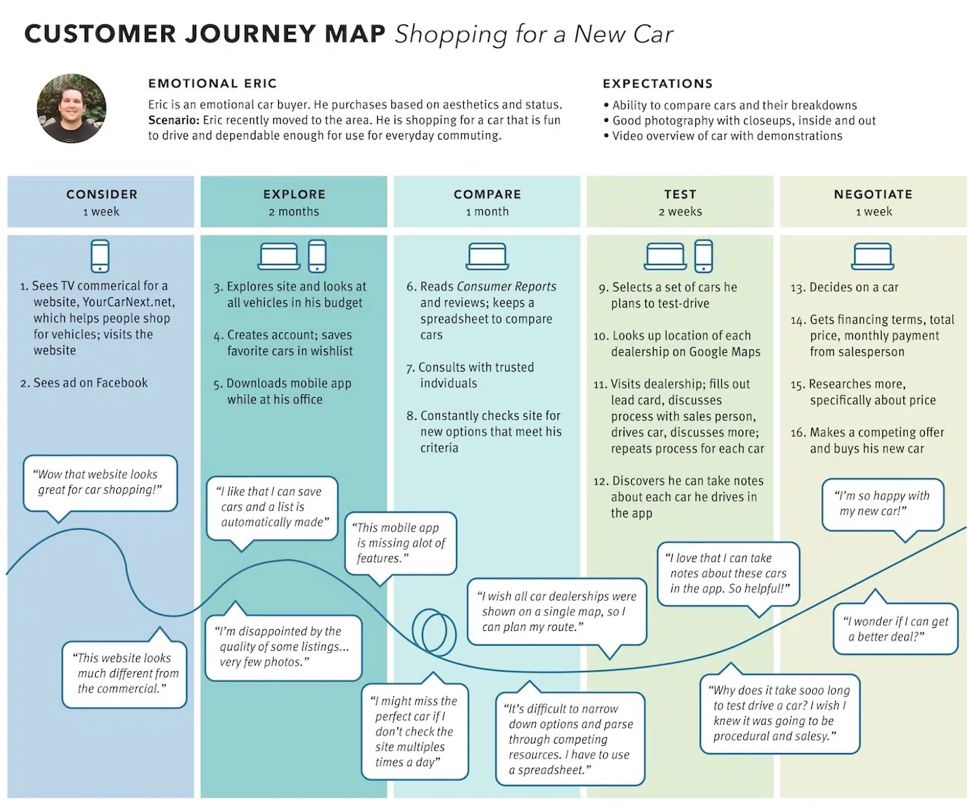
Also remember to format your content based on the consumption behavior of your audience as well as the platforms on which you’re engaging them.
Distribute Your Content Smartly:
Talking of platforms, the final thing to do is to put content where it is most likely to be seen by the person to whom it is of use.
Read that again.
Let me give you some examples:
- Show awards and accolades prominently on your home page to promote your brand as a leader in your industry.
- Display reviews and ratings on your product page or landing page to provide assurance to buyers.
- Share quick learnings and information about upcoming events on social media profiles.
- Create videos (or scripts) for product demos and share them in webinars or client calls.
Factors Other Than Links and Content
So far we’ve looked at links and content – the two pillars of SEO that Google or any other search engine considers to determine site authority. However, there are some other signals that Google uses to determine the usefulness and trustworthiness of the site, which in turn affect how its pages are crawled, indexed and ranked. Some of these signals are:
- Satisfaction of search intent: Perhaps the most important thing for search engines to check is whether the page they return answers the searcher’s question precisely, aligns with their goal, or provides a valuable and actionable solution to their problem.
- Page experience: Along with intent-matching content, Google considers a seamless, fully functional on-page experience with quick page loading speed, mobile friendliness and intuitive navigation as critical for user satisfaction.
- Real-world popularity: If your brand has earned the trust of your audience in the real world, people are more likely to seek you out by name as well as try out your product without hesitation when they come to know that you have a product they need. Google aims to replicate this scenario online by identifying and giving preference to “brand” signals.
- Social media presence: Social platforms, forums and QA sites are where large numbers of people flock to connect and converse with each other. When they discuss your brand, link to or click through to your website and share your content, it’s a natural signal of the extent of your brand’s value, visibility, credibility and authority.
The Ultimate Authority Builders – People
Digital authority – a combination of links, content and brand value – is Google’s go-to measure of the trustworthiness and usefulness of your site. This is reflected by all of their recent algorithm updates such as the Helpful Content update, Link Spam update, and Product Reviews update.
For digital authority to be established and grow quickly, business managers, marketers, web developers and SEO teams need to come together with the shared goal of getting optimal results. When that happens, your brand will be well on its way to become an industry leader.

